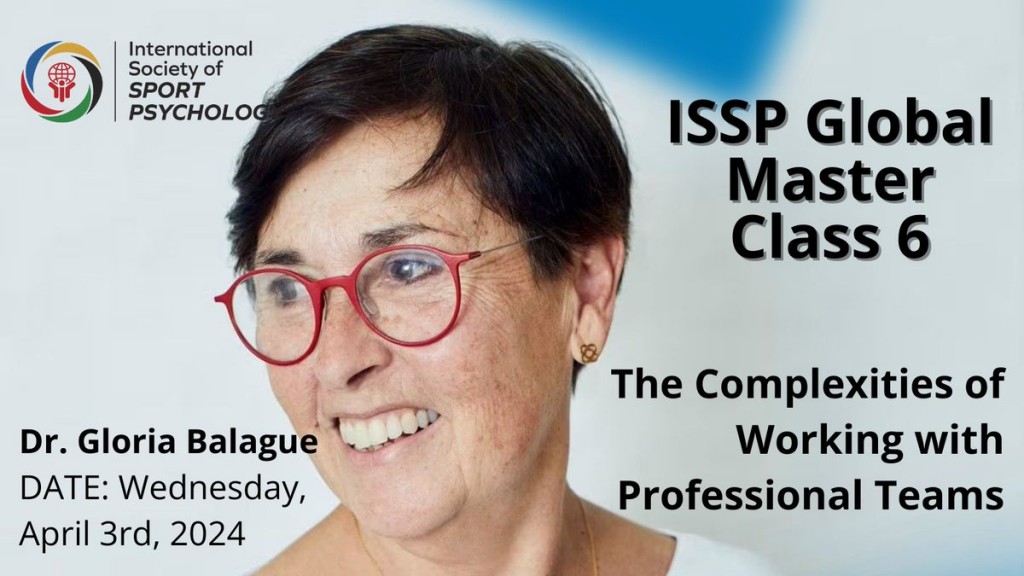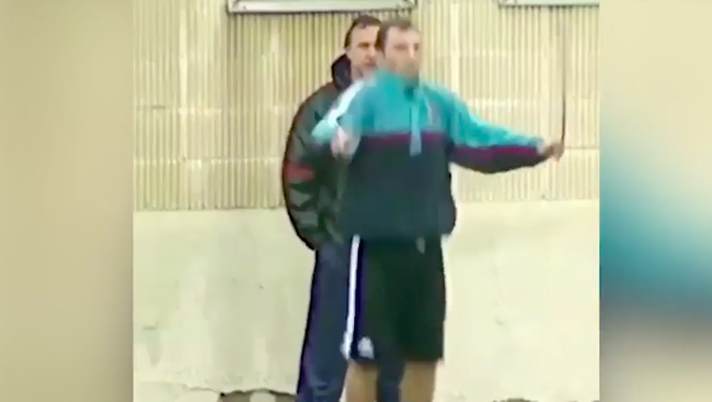
DATE: Wednesday, April 3rd, 2024 Speakers: Dr. Gloria Balague Length of Session: 90 minutes (60-minute lecture, 30-minute Q&A) Language: English (Live captioning in English and other languages) Time: 12:00 UTC
(New York 8:00, Belo Horizonte, 9:00, London 13:00; Beijing 20:00, Taipei, 20:00, Seoul 21:00) Where: Zoom (Link sent upon registration)
Program Overview
In this presentation, Dr. Balague will outline the essentials of providing sport psychology services to professional athletes, teams, and organizations. She will discuss how to gain entrance in these organizations and how to engage with the different stakeholders, such as management, coaches, medical staff, sport scientists, and athletes. Dr. Balague will highlight the importance of understanding coaches’ areas of interests/concerns and communication and coaching styles, and team strategies, as well as the value of building effective relationships with medical and sports science personnel, scouts, and equipment staff. Furthermore, Dr. Balague will delve into the core of her work with players and athletes, spanning from educational efforts to targeted interventions. Dr. Balague will share her expertise on the critical need to grasp the unique demands placed on athletes, their interactions with coaches, and their roles within the team. Dr. Balague will wrap up the presentation with a discussion around the organizational challenges and considerations associated with delivering sport psychology services in professional sport organizations, offering attendees a deep dive into the intricacies of successfully navigating this specialized area of work.
 About our speaker
About our speaker
Dr.Gloria Balague is a native of Barcelona, Spain. She is a Clinical Associate Professor Emerita in Psychology at the University of Illinois at Chicago. She has worked extensively with USA Track & Field, USA Gymnastics and USA Field Hockey. Dr. Balague was at the 92 and 96 Olympics as sport psychologist. She has been the sport psychologist for the Chicago Bears from 2015-2020, and for the USA Rhythmic Gymnastics program from 2016 to 2023. 10 years ago, she joined Don Hellison in starting the TPSR Alliance (tpsr-alliance.org) a group aiming at using sport and physical activity as a tool to promote personal and social responsibility in youth. Dr. Balague was the first President of the Catalan Association of Sport Psychology, Past-President of Division 47 (Sport and Exercise Psychology) of the APA, and also of Division 12 (Sport Psychology) of the International Association of Applied Psychology, and in 2016 received the Outstanding Professional Practice Award from the Association of Applied Sport Psychology. Dr. Balague has imparted doctoral level courses in Sport Psychology in Spain, Argentina and Chile and advised doctoral dissertations in several countries.
Program Format Attendees can participate in an ISSP Master Class session right from their office or home. Registrants will be provided the Zoom link upon registration to access the presentation right on the web in real time. If you are unable to watch the session live, a recording will be provided afterward to all registrants.
REGISTER HERE







